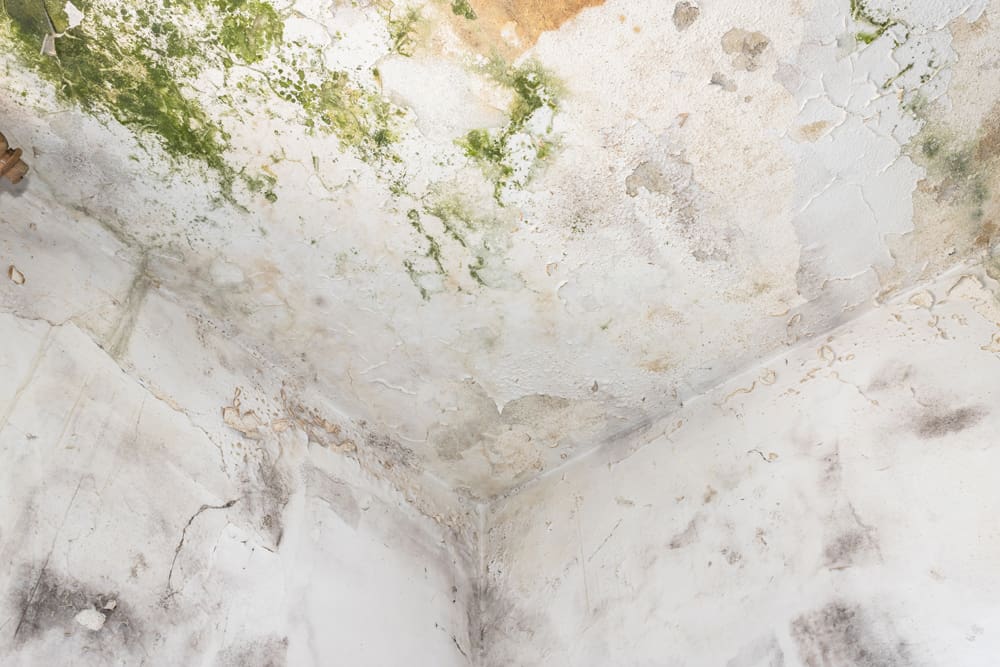Standing Water? Standing IN Water? Call now.
If your building is flooded, stop reading and call us!
If you’ve had previous damage from water and it’s less of an emergency, you can call us or contact us by email.



Tips for Handling Mold and Water Damage in a Rental Property

Water damage in rental homes and apartments often happens with little to no warning. However, that doesn’t mean it isn’t something tenants and landlords have to face head-on when it happens.
Not only do you have the added stress of it being a rental unit, but it also begs more questions. Who is responsible? Do you have to vacate the premises until the water damage is taken care of? How long is it going to take?
Today we have tips for handling mold and water damage in a rental property, so you can have a better idea of what might happen should you face the same problems.
1. What Do You Do? Communicate
When you notice water damage or mold in the home as a tenant, you are responsible for contacting the landlord and letting them know immediately. You have to ensure that the space remains habitable and safe.The landlord is typically responsible for water damage in the home unless it is a direct result of the tenant’s negligence. For example, did the tenant leave the water running all night? If so, it is now the tenant’s responsibility.
Suppose the water damage is the result of a natural disaster like a flood or storm. In that case, the landlord will need to contact a reputable water damage restoration company to come out and assess the damage and see what needs to be done, especially if there is significant damage.
2. Record the Damage
Once you have notified your landlord of the situation, you need to begin recording the damage. This way, you can claim any costs with your renter’s insurance company. For this, you need evidence of the damage to your personal belongings in the home. Document as much as possible with photos and videos before anyone starts the repairs.If the water damage was due to the tenant’s negligence and they refuse to accept responsibility, the landlord should document the damage and proceed with the repairs. You can’t let water damage or mold sit, or it can become worse, causing more costly repairs.
3. Work Together
If you are a landlord, work with your tenants to get the work done. Make sure everything is cleaned up and repaired as soon as possible. Microbial growth can start in as little as three days from the water damage occurring. See if the tenants can move furniture and other items away from the damaged area and turn off the water if needed.If you are a tenant, work with your landlord, so the repairs get done quickly and efficiently. Salvage what you can and do anything you need to do to help during the restoration process.
4. Learn How to Prevent Future Damage
To prevent the same damage from happening in the future, there are preventative measures the landlord and tenant can follow through with, such as regular maintenance and inspections, proper communication, and ensuring everyone has adequate insurance coverage.Water damage and mold growth in a rental property can quickly become widespread problems. To minimize the damage, landlords and tenants must work together to ensure proper clean-up and sanitation. A reputable water damage restoration company is a good first step and can ensure the job is done quickly and efficiently.
If your home, business or rental property has suffered water damage due to a hidden water leak or a storm call the experts at Emergency Restoration Specialists. We’re located in Cudahy, but serve the entire Southeastern Wisconsin area including St. Francis, Bayview, West Allis, Waukesha, etc. We are available 24-7 so give us a call when you need help recovering from rental property water damage.



